Luxembourg, a small landlocked country in Western Europe, has a rich political and transportation history.
Vectormap.Net provide you with the most accurate and up-to-date vector maps in Adobe Illustrator, PDF and other formats, designed for editing and printing. Please read the vector map descriptions carefully.
Here’s a detailed overview:
Political History:
- Early History: Luxembourg’s history dates back to the ancient Roman period when it was part of the province of Gallia Belgica. Over the centuries, the region saw various rulers, including the Burgundians, the Habsburgs, and the Spanish.
- Treaty of London (1839): Luxembourg gained its independence as a result of the Treaty of London in 1839, which recognized it as a neutral and independent state. The Grand Duchy of Luxembourg was established, with a personal union with the Netherlands under the House of Orange-Nassau.
- World Wars: Luxembourg was occupied by Germany during both World War I and World War II. The experience of occupation had a significant impact on the country and contributed to its commitment to neutrality in international conflicts.
- European Union: Luxembourg has been an active participant in European integration. It was one of the six founding members of the European Coal and Steel Community (ECSC) in 1951, a precursor to the European Union (EU). Luxembourg City, the capital, is a major European financial center and home to several EU institutions.
- Modern Political Landscape: Luxembourg is a constitutional monarchy with a parliamentary democracy. The Grand Duke is the ceremonial head of state, and the Prime Minister is the head of government. The country has a multi-party system, with the Christian Social People’s Party (CSV) historically playing a prominent role in politics.
Transportation History:
- Early Infrastructure: In the 19th century, Luxembourg’s transportation system was primarily based on rivers and roads. The development of the railway network was crucial for the economic growth of the country.
- Railways: The first railway line in Luxembourg was opened in 1846, connecting Luxembourg City to Thionville in France. The railway system expanded rapidly and played a crucial role in the industrialization of the country.
- Roads and Highways: Luxembourg has a well-developed road network. The road infrastructure has been continuously improved to accommodate the growing transportation needs. Luxembourg City, being a financial hub, faces challenges related to traffic congestion.
- Public Transportation: Luxembourg has a modern and efficient public transportation system, including buses and trains. In recent years, there has been a push to make public transportation more sustainable, and Luxembourg became the first country in the world to make all public transportation free for residents and visitors in 2020.
- Aviation: Luxembourg has a well-established air transport sector. Luxembourg Airport (Findel Airport) is a major international hub for air cargo, particularly for freight transport. It plays a significant role in global logistics and trade.
In summary, Luxembourg’s political history reflects its commitment to neutrality and active participation in European integration. Its transportation history showcases a significant emphasis on rail and road infrastructure, with recent initiatives to make public transportation more accessible and sustainable.

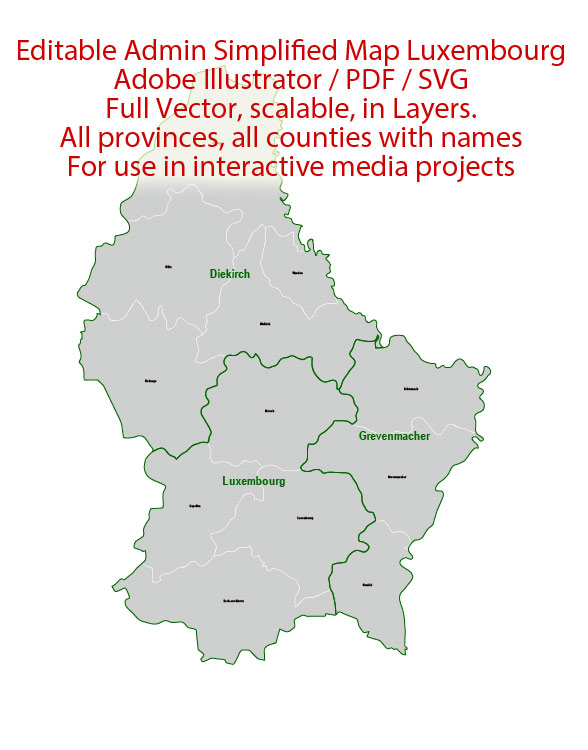
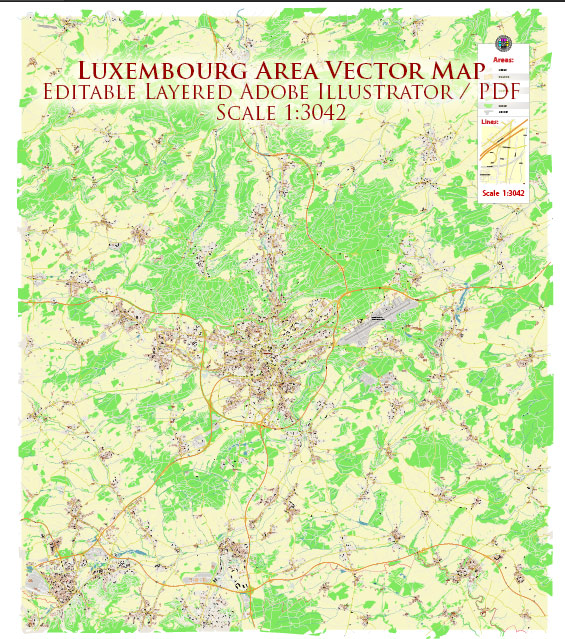
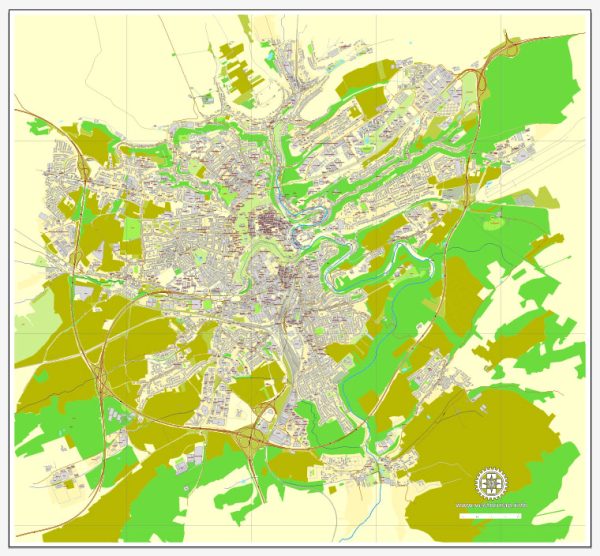
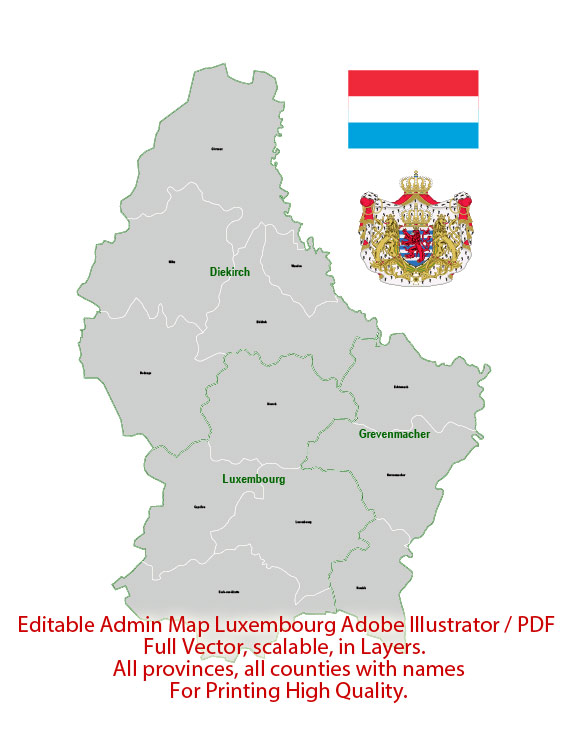

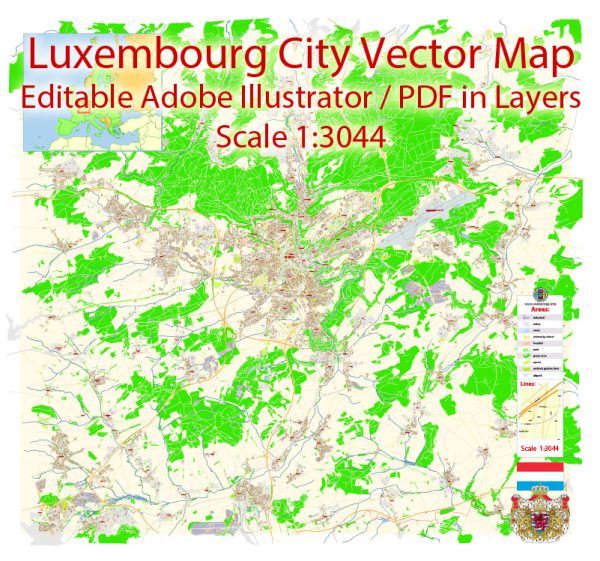
 Author: Kirill Shrayber, Ph.D.
Author: Kirill Shrayber, Ph.D.